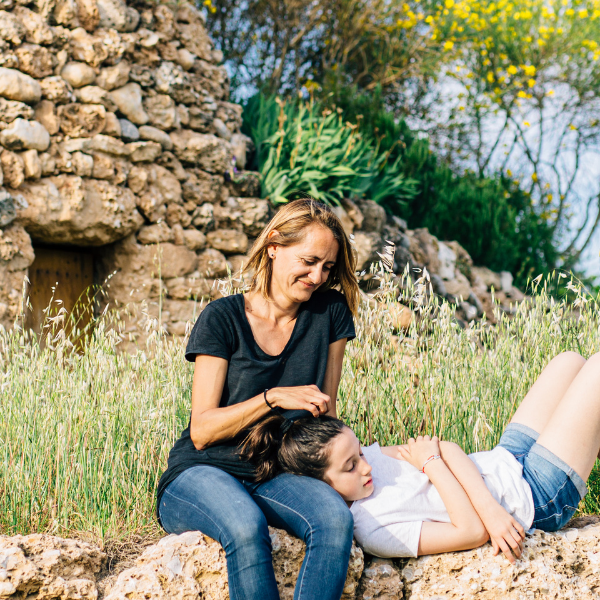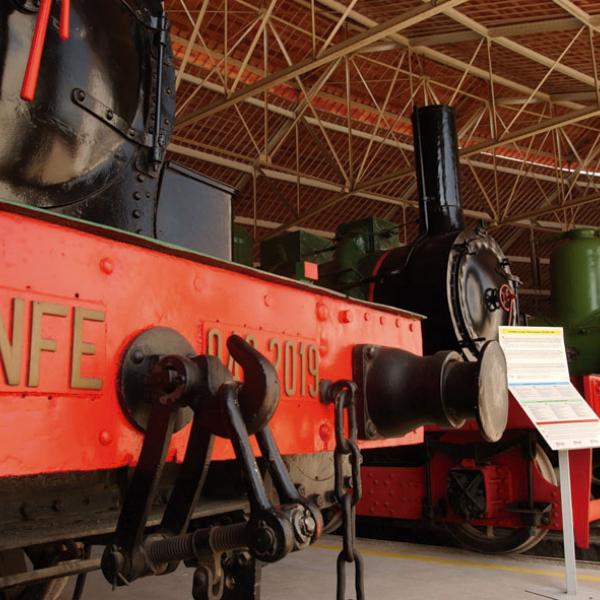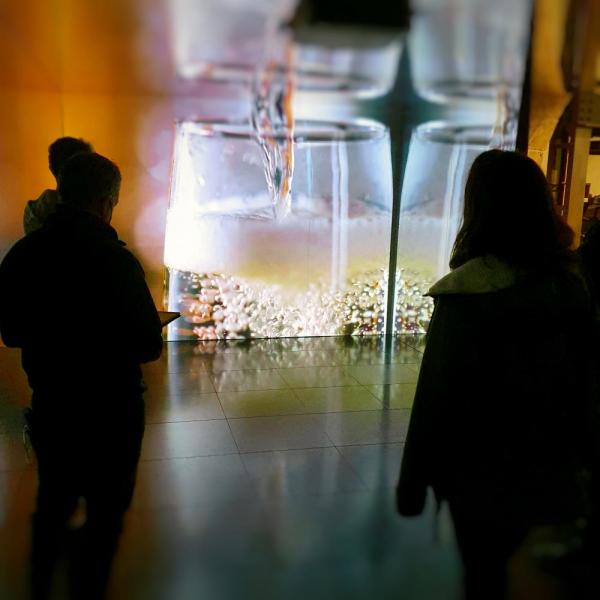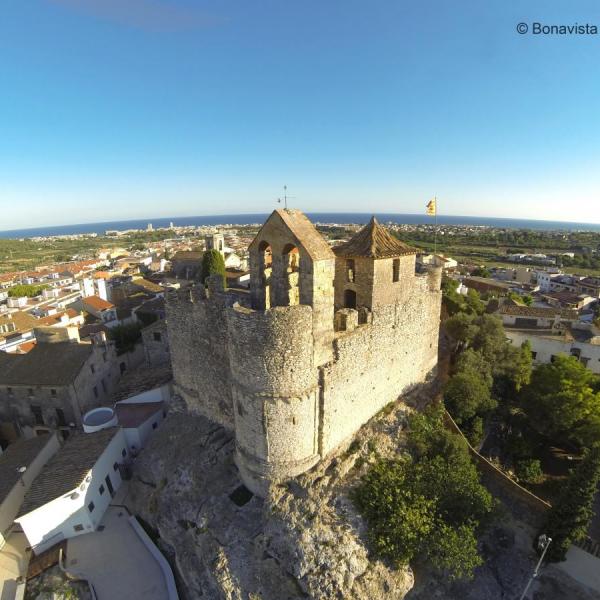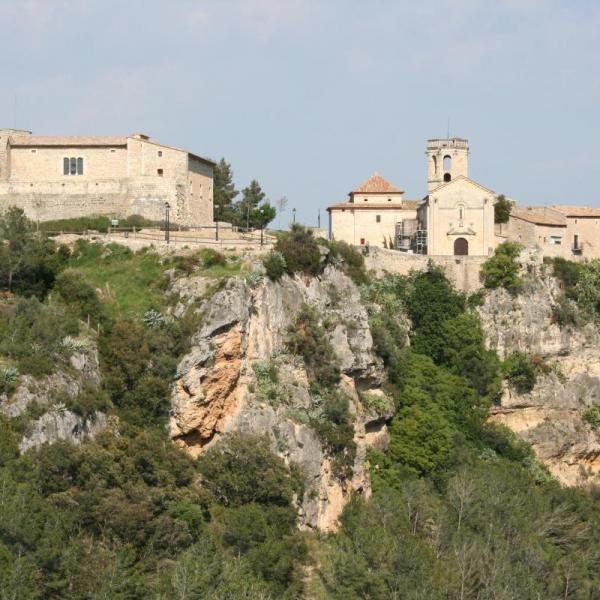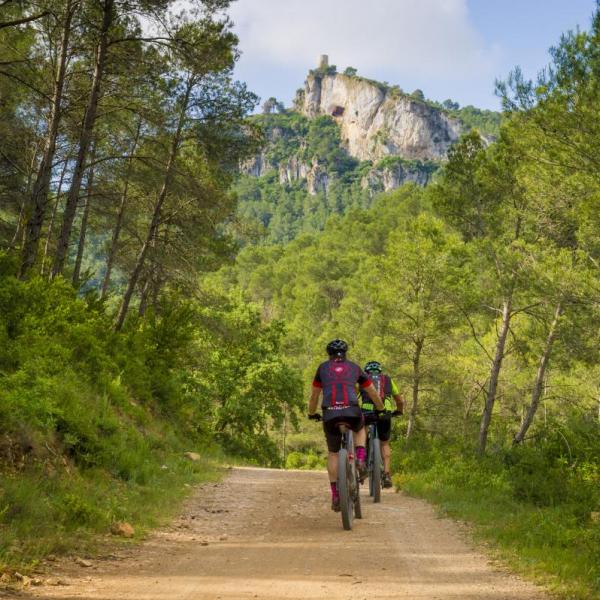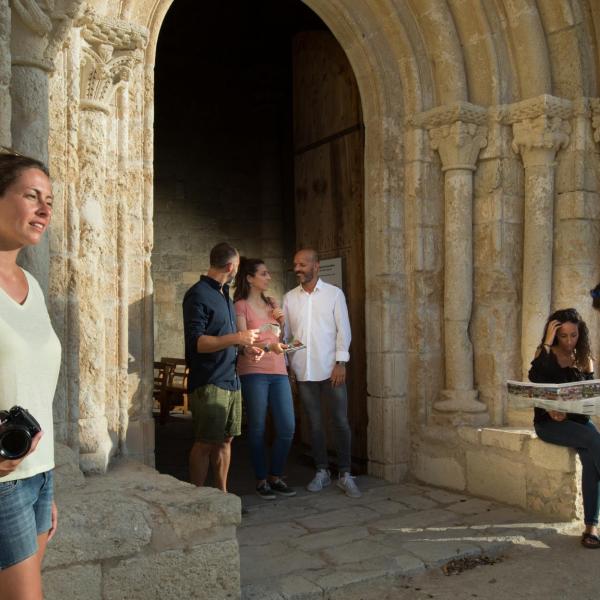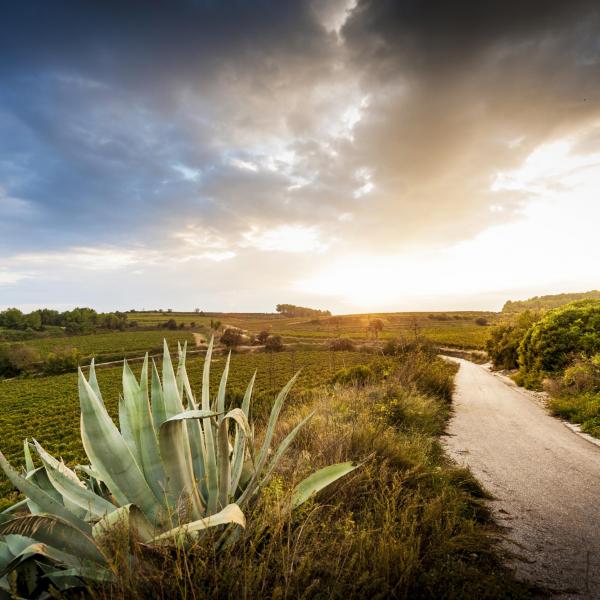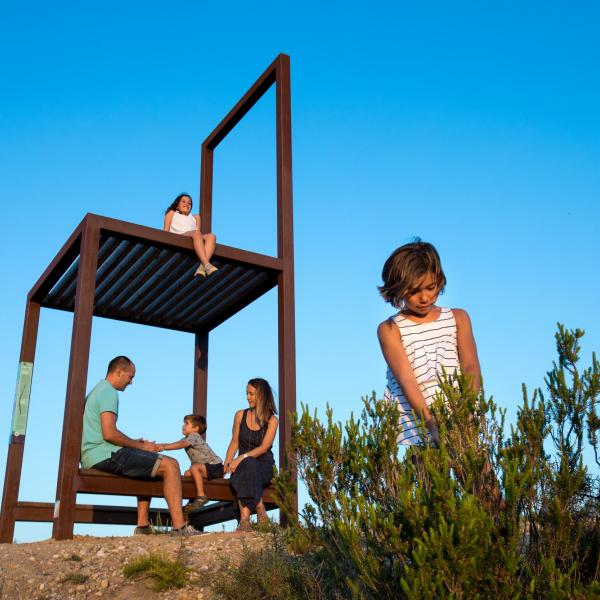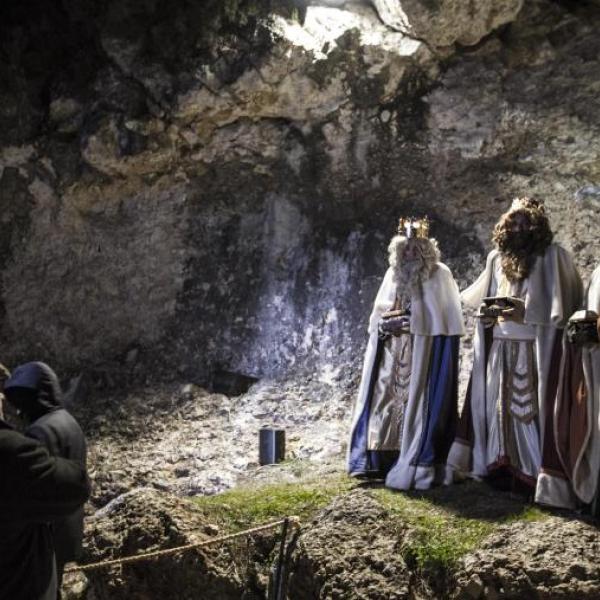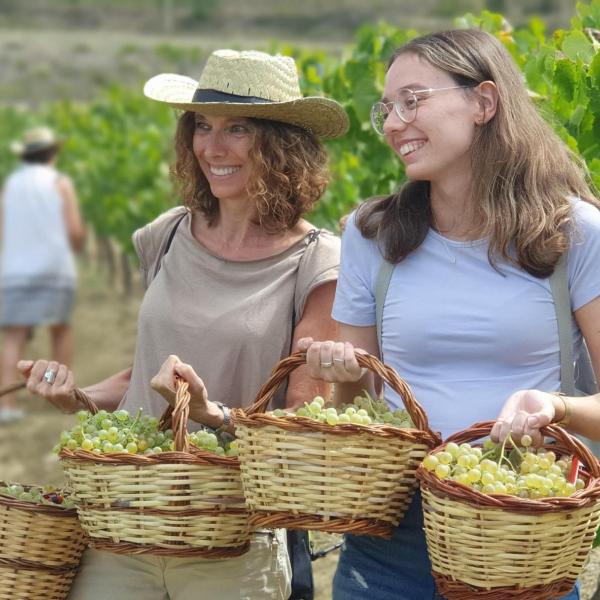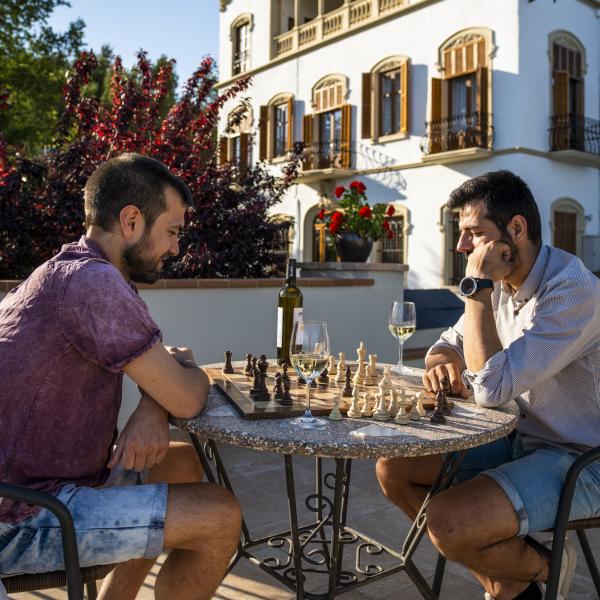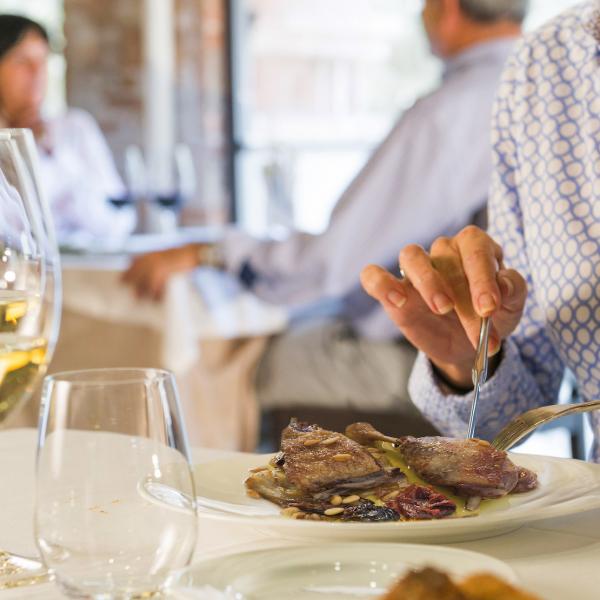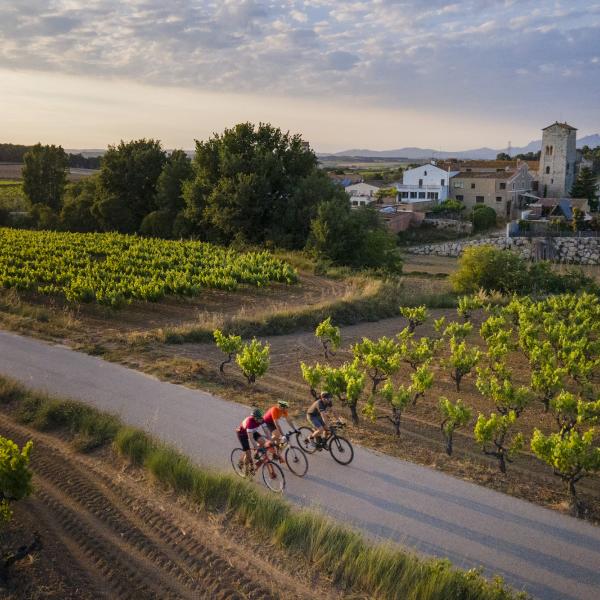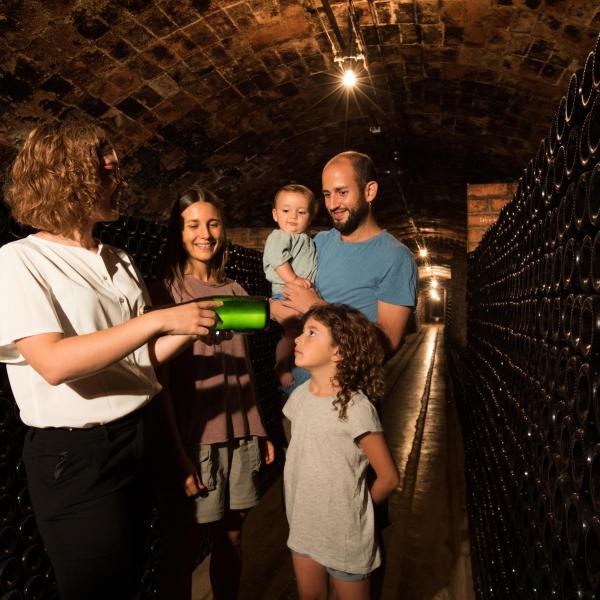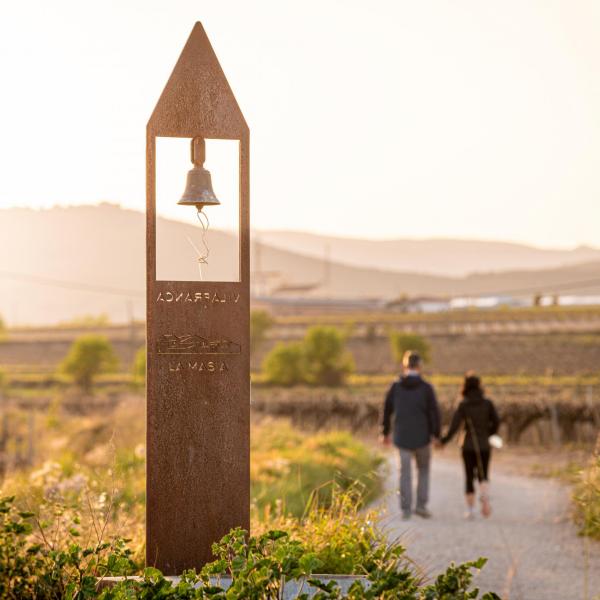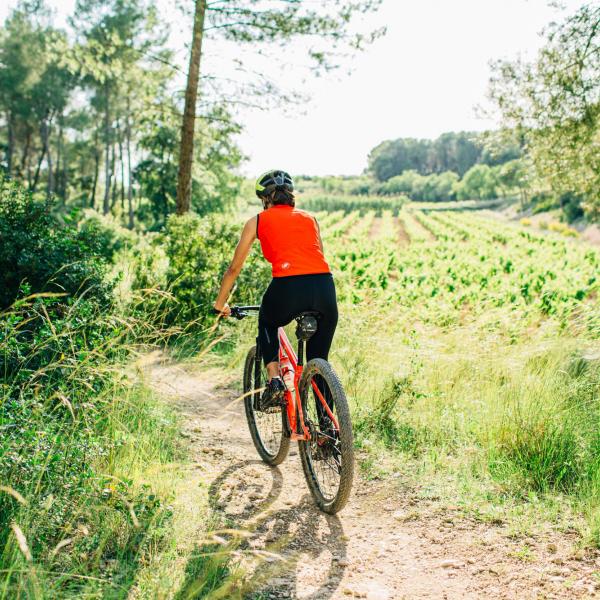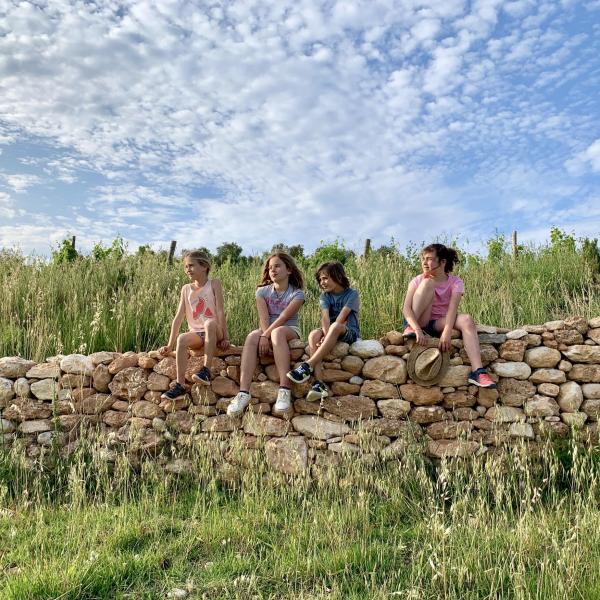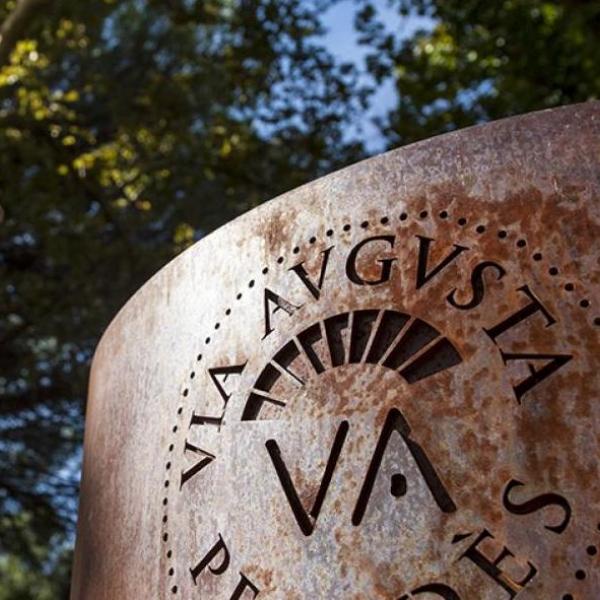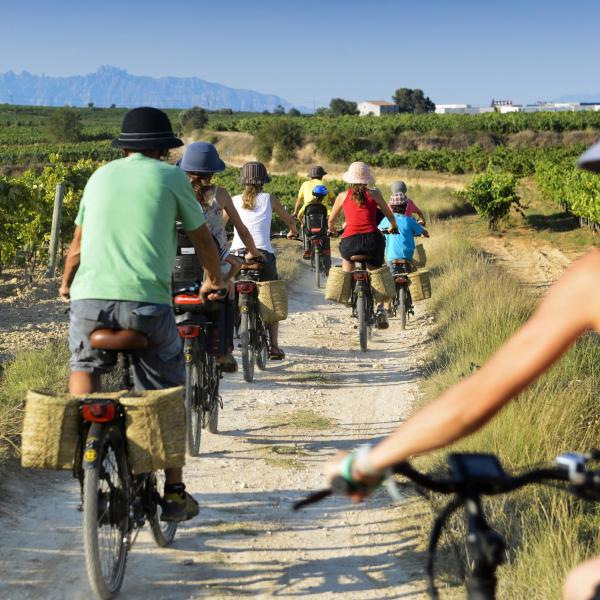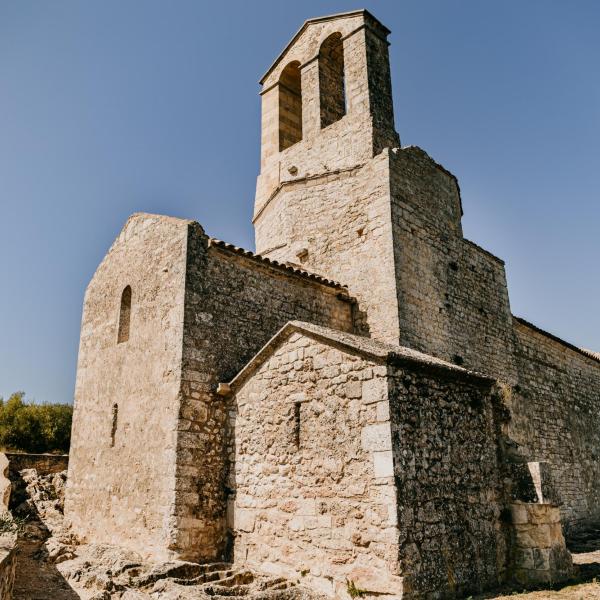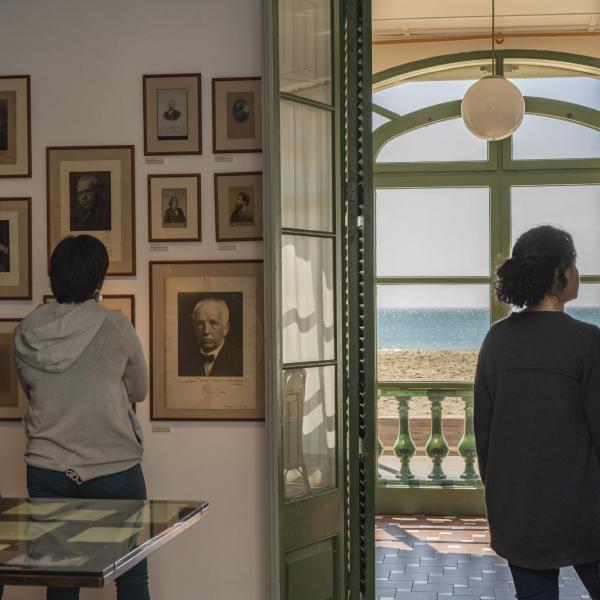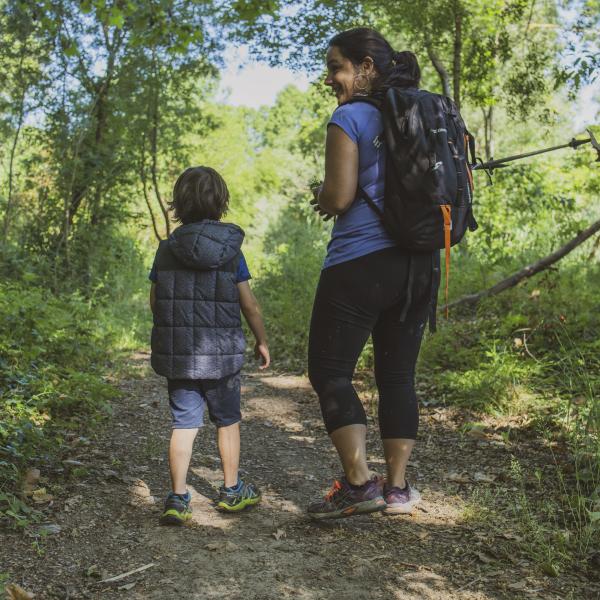Route des pierres sèches à Cunit
The Dry Stone in Cunit
In Cunit, the legacy of the Dry Stone that allowed the development of the rural world of today is preserved in excellent condition. The El Rebló association is responsible for the restoration of the Dry Stone heritage in the Baix Penedès. In addition, the Delmacio de Conito entity is responsible for spreading its history to Cunit. There are many that preserve several of these constructions with the aim of spreading this importance throughout Cunit and the nearby municipalities. Being located in the Mediterranean basin, the presence of Dry Stone elements is one of the highest in the world. Many of the constructions are preserved thanks to the scarcity of rain and the good conservation of these elements.
The Dry Stone Route in Cunit
This circular itinerary begins and ends from the Cunit tourist office. This allows us to discover those constructions that are more important for the municipality for many years. It crosses the Calç Ros forest and approaches Ca Moles 2, approaching the highway. Then, the route passes through the cave of Balma and Ca Moles 3 to finally return to Cunit. During the journey, you can see multiple barracks, margins and steps of Dry Stone that, as mentioned above, retain their good condition thanks to the scarcity of rain. These buildings have a great historical value and are one of the identifying references of the municipality.
Places of interest
Calç Ros Barrack
Wikipedra code 23039. Located next to a very large margin in the Cove Fund. Located 41 meters high, it is a construction attached to the margin, facing south and square. With a false dome roof. Nearby there is a margin of Dry Stone with steps that form a path to the terrace.
Calç Gravata Barrack
Wikipedra code 23042. This barrack is a type of aerial construction attached to the margin, facing east. Rectangular floor and door with flat lintel. Covered with wooden beams and stone slabs. It has a rectangular floor with a pillar in the middle that holds the wooden beams. It has a loophole in the southern part and a feeder. It has a completely demolished roof, with the interior completely exposed to sunlight.
Calç Borges Barrack
Wikipedra code 9515. The Calç Borges barrack is an isolated aerial construction facing south, rectangular floor and portal with a semicircular arch with a false dome roof. It is a rectangular barrack with a rounded west interior angle and a restored left side of the portal. In July 2019 the Dry Stone group of the Penedès Excursionist Center restored the barrack for its conservation.
Calç Barratasso Barrack
Wikipedra code 9514. This is a type of aerial construction attached to the margin and south-west orientation. Rectangular floor and flat lintel. The roof is made of wooden beams and stone slabs, with which the barrack was restored. In July 2019 the Dry Stone group of the Penedès Hiking Center restored the barrack.
Clavera Barrack
Wikipedra code 9513. This aerial construction attached to the margin and south/southwest orientation is located 31 meters high. It has a circular floor, a flat lintel and a false dome roof. Formerly, there were terraces on which work was carried out, located next to this barrack.
Bargalló Barrack
Wikipedra code 23651. At 38 meters above sea level, this type of isolated aerial construction and southwest orientation has an irregular floor and flat lintel with a false dome roof. It is also with a collapsed roof and almost completely covered by vegetation. Surrounded by the forest in the place of the Sierra de San Antonio and by the fields around.
Fons del Ferret Barrack
Wikipedra code 750. At 59 meters above sea level, this isolated, south-facing aerial construction has a circular floor and flat lintel with a false dome roof. It is located near the Santa Coloma road.









